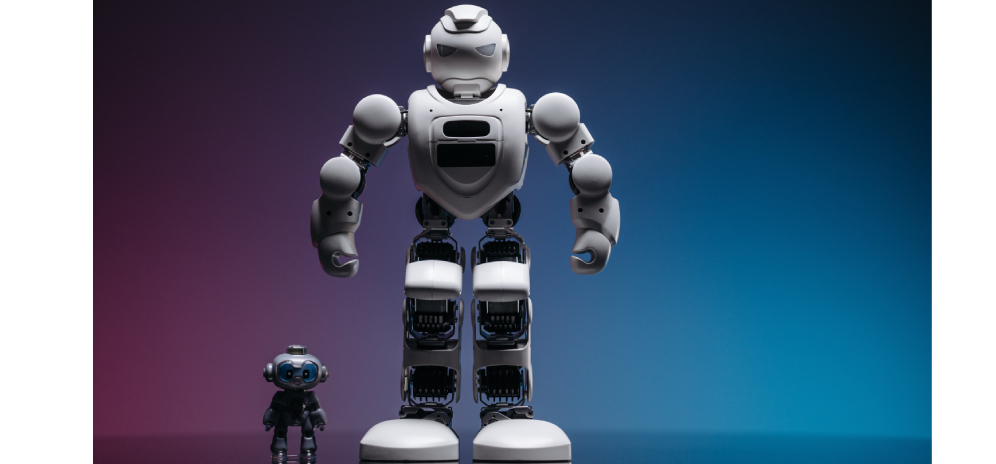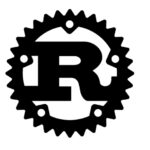
The integration of robots into our everyday lives has become a reality, reshaping industries and revolutionizing the way we live and work. From manufacturing to healthcare and beyond, robotics is transforming various sectors and enhancing efficiency in ways we could only have imagined. In this blog post, we will explore how robots are becoming an integral part of our daily lives and the remarkable impact they are having on industries worldwide.
Manufacturing is one of the industries that has been profoundly transformed by robotics. Robotic automation has made production processes faster, more accurate, and more efficient than ever before. Robots are capable of performing repetitive tasks with precision and consistency, reducing human error and increasing productivity. In automotive assembly lines, for instance, robots are responsible for tasks such as welding, painting, and assembly, resulting in improved quality, reduced costs, and increased production capacity.
But the influence of robots extends far beyond manufacturing. In the healthcare sector, robots are playing a vital role in assisting medical professionals and enhancing patient care. Surgical robots enable minimally invasive procedures, allowing for greater precision and quicker recovery times. Robots can also be used for patient monitoring, medication dispensing, and physical therapy, providing personalized and efficient healthcare services. With the aid of robots, medical professionals can focus on critical decision-making and patient interaction, ultimately improving outcomes and saving lives.
The impact of robotics can be felt in logistics and warehousing as well. With the rise of e-commerce and the increasing demand for faster order fulfillment, robots have become essential in streamlining operations. Automated guided vehicles (AGVs) navigate warehouses, efficiently picking and transporting items, while robotic arms automate the sorting and packaging processes. These advancements in robotics have revolutionized the supply chain industry, enabling faster delivery times, reducing costs, and improving overall customer satisfaction.
Robots are also making their way into the service industry, enhancing efficiency and customer experiences. In retail, robots are being employed for inventory management, price tagging, and even as customer assistants, guiding shoppers and providing product information. Restaurants and hotels are utilizing robots for tasks like food preparation, room service, and cleaning, improving operational efficiency and freeing up human staff to focus on higher-value customer interactions.
Furthermore, the field of education is witnessing the integration of robots to enhance learning experiences. Educational robots are being used to teach coding and programming skills, sparking interest in STEM (Science, Technology, Engineering, and Mathematics) subjects among students. These interactive robots engage learners and provide hands-on experiences, fostering creativity and problem-solving abilities.
While the integration of robots brings numerous benefits, it also presents challenges and ethical considerations. As robots become more intelligent and capable, questions arise regarding their impact on employment and human workers. However, the consensus among experts is that robots will augment human capabilities rather than replace them, leading to new job opportunities and the need for upskilling and reskilling.
In conclusion, robots in everyday life have become an integral part, of transforming industries and enhancing efficiency across various sectors. From manufacturing and healthcare to logistics, service, and education, robotics is revolutionizing the way we live and work. As technology continues to advance, the potential for robots to improve our lives and drive innovation is limitless. By embracing the power of robotics, we can create a future where humans and machines work together harmoniously, unleashing new possibilities and improving our quality of life.













































Recent Comments